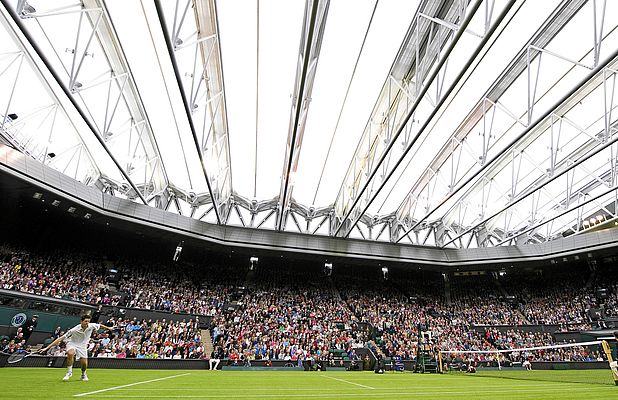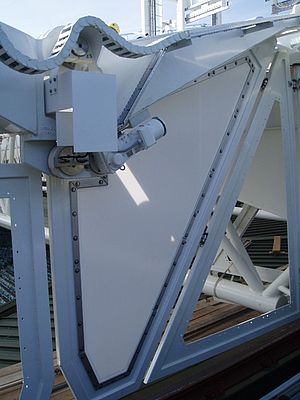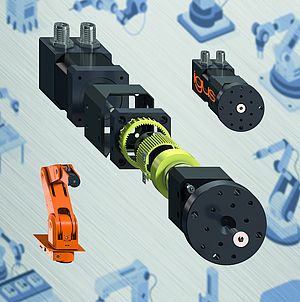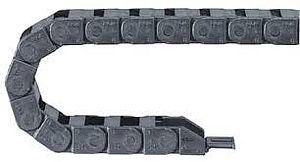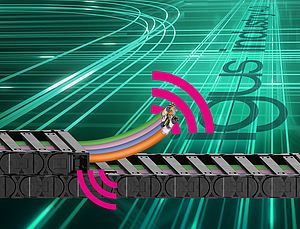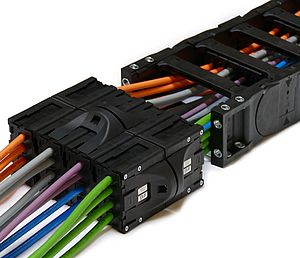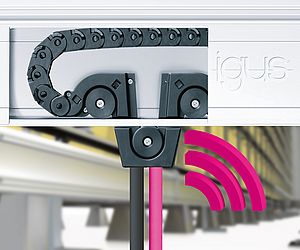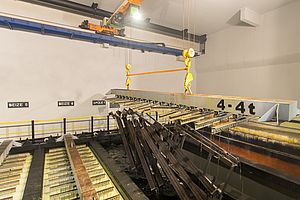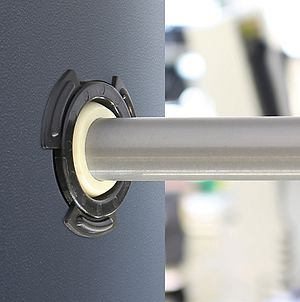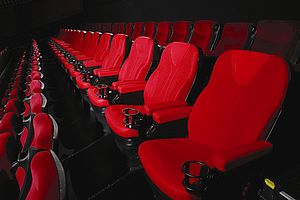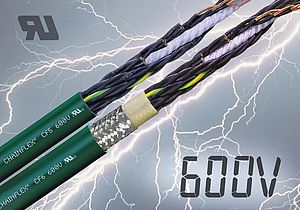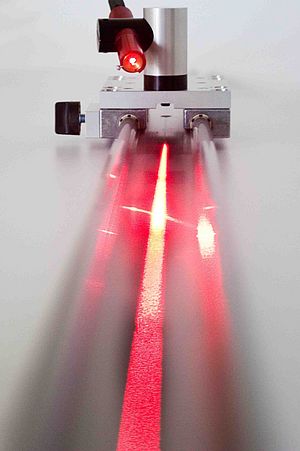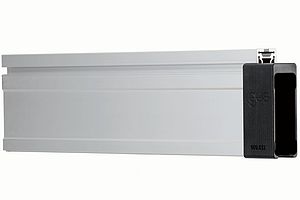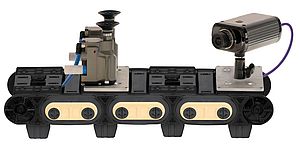When the roof first glided over Wimbledon's illustrious Centre Court on 29th June 2009, allowing the fourth round singles match between Amélie Mauresmo and Dinara Safina to continue, it was the landmark occasion for the world's most prestigious tennis tournament. The Grand Slam Championship, which enjoys huge global television audiences, was often at the mercy of Britain's unpredictable and inclement weather. With hundreds of millions of viewers tuning in around the world the All England Club needed to find a solution.
The organisers thought long and hard before deciding to build a retracting roof over one of sport's most iconic venues, but the roof over the Centre Court was to be no ordinary roof. Constraints of space, a desire to minimise noise and a requirement for it to blend into the historic venue all required a novel solution.
"There are plenty of retractable roofs on sporting stadium, but to date the majority have been flat roofs," explains John Biggin, project manager at mechanical engineers SCX Special Projects Ltd - the firm chosen to design and build the retractable roof moving parts and control systems. "The Centre Court roof was to be a concertina roof; sliding roofs lack the flexibility of this offering. If you have a flat roof you need the space to move it into when you open it and we didn't have that at Wimbledon. So the concertina type was the way to go."
The concertina roof project involves 148 axes of control, huge steel trusses and over 17,000 sq ft of fabric covering, with the assorted cabling. All controlled by 108 high performance actuators, 40 servo motors and 196 servo drives, along with miles of cables.
The new roof works on a principle similar to a folding fabric concertina - with metal ribs or trusses supporting a translucent industrial fabric. "The trusses are basically inverted triangles, which are supported by the end arms and set into precise motion by electric actuators which form a structural yet moveable part of the roof," Biggin adds.
The roof comprises nine bays of tensioned fabric divided into two sections (North and South). The northern section has five bays, with four in the south. Each bay is supported on either side by a steel truss (10 trusses in total) spanning the 77m wide court with approximately 5,200 square metres (55,972 square feet) of fabric keeping the rain out and allowing the light in.
The ends of each truss are supported by a wheeled carriage or bogie which moves along a track positioned on the newly installed fixed roof of the Centre Court. The roof takes ten minutes to close and if that's being done because of rain, court covers will protect the grass in the usual way while the closure is in progress.
With such a concertina design, preventing damage to the myriad of required electrical cables was a major concern. The solution was to use igus energy chains. The energy chains guide and protect the cables while the intricate movements of the roof protect the playing surface below.
The energy chains are modular and therefore can be assembled quickly and easily to accommodate any length or orientation of travel, which enables engineers to save installation time. They are tested and proven against environmental elements, high loads and speeds and noise. Above all they reduce downtime and increase the service lives of cables and hoses.
"The energy chains were always part of the original plan," Biggin explains. "We needed the energy chains to get the cables safely across moving items. They support and protect the cables. If we didn't protect and control the cables they would keep getting bent as the roof concertinas and they would eventually fracture, so we put in the energy chains.
"They are a unique solution. If you need to get cables across a gap and the gap moves they are the only way to go. There are various flexible type curly cables out in the market, but they are just impractical. They protect the cables and assist them moving and bending in a safe manner. Energy chains can also be partitioned to take a number of different cables."
Another important benefit is that the plastic energy chains can be colour co-ordinated to fit in with the overall design. In this instance they were moulded in white plastic.
Such has been the success of the Centre Court project that plans are now underway to install a roof on the Number One court. "It is likely that this retractable roof will be very similar to the Centre Court one," Biggin says.


